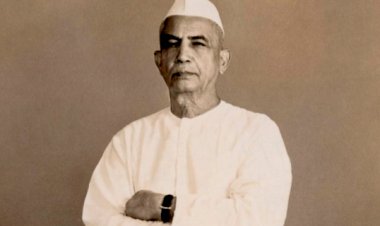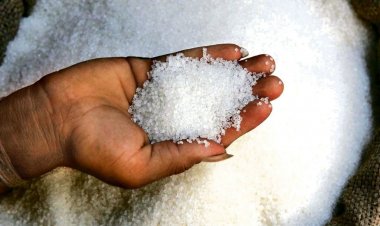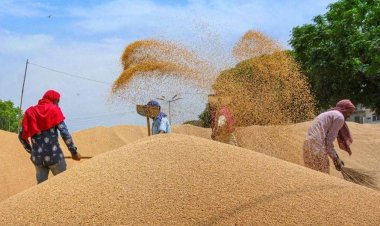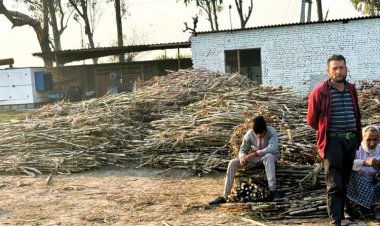India offers juicy market for global apple growers; domestic farmers need protection
Growers suffered production losses but were denied better realisations, thanks to imports. As if this mismatch was not enough, in came the announcement for removal of additional 20 per cent duty on import of apples from the US, with an official explanation that the measure was a result of settlement of a dispute that had its origin in 2019. It was a kind of trade off which involved lifting of import curbs by America on Indian steel while New Delhi did away with the additional duties on apple imports imposed in 2019.
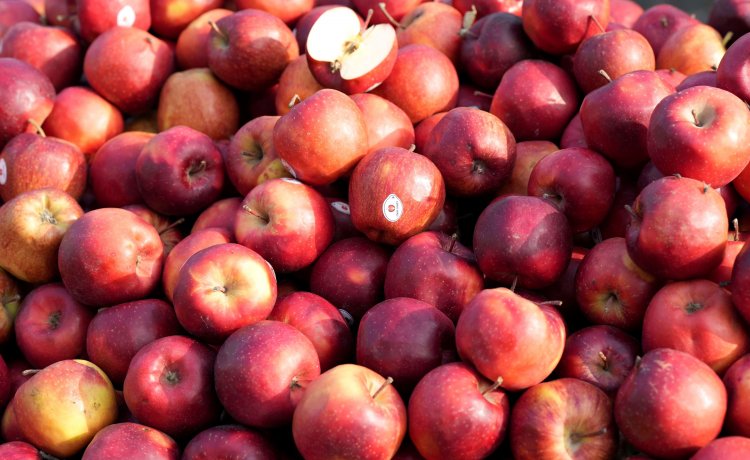
No show of snow in December-January and rains in the spring season of March-April this year caused a big harvest loss to apple growers, more so in Himachal Pradesh. "We have only 40 per cent production," rues Sohan Thakur, Convener, Apple Farmers' Federation of India.
In a scenario like this, a shortfall in domestic supply should have resulted in a sharp increase in apple prices. But is it so? Not exactly, because imports from not one or two but over two dozen countries were ready to fill in the gap. As per government data, as many of these countries shipped to India apples worth about USD 300 million (approximately Rs 2,500 crore) in the financial year of 2022-23.
Apple prices in Delhi's wholesale Azadpur Mandi (September 14,2023) are Rs 4,925 per quintal for an average variety. The premium variety could be Rs 100 per kg. These are wholesale mandi rates, not to be confused with the prices given to the growers which are much less. ''No doubt, slump in prices is because of imports'', explains Thakur, emphasising that there are different types of barriers on exports, as well to neighbouring countries like Bangladesh.
Growers suffered production losses but were denied better realisations, thanks to imports. As if this mismatch was not enough, in came the announcement for removal of additional 20 per cent duty on import of apples from the US, with an official explanation that the measure was a result of settlement of a dispute that had its origin in 2019. It was a kind of trade off which involved lifting of import curbs by America on Indian steel while New Delhi did away with the additional duties on apple imports imposed in 2019.
The issue assumed a political colour because the decision came days before the arrival of President Joe Biden for the New Delhi G20 Summit. Opposition Congress called it a letdown of farmers while the Commerce Ministry gave a rejoinder sharing the technicalities. But one thing the government did state was that removal of additional duty of 20 per cent would not result in any negative impact on domestic producers. ''Rather, it will result in competition in the premium market segment of apples, walnuts and almonds, thereby ensuring better quality at competitive prices for our Indian consumers," it said.
Besides, the government explained how the move to remove additional duty on imports from the US was a kind of level playing field to the Americans vis-a-vis several other countries like Turkey, News Zealand and Australia. One thing is clear: The Indian market for fruits is juicy enough for over a score of countries.
So, the objective does not seem to be giving extra market access to the US apple growers alone but also to keep overall retail inflation (which is near about seven per cent) in check in an election year. But the question asked by farmers is: At whose cost?
The Government does not seem to have too many choices either. But it can certainly help apple growers by announcing big investments in setting up cold stores and controlled atmosphere facilities.
Indian horticulture has to be modernised in terms of quality of infrastructure as also cropping practices. Farmers also need liberal subsidy both by the Centre and states to face onslaught of global competition.
(The author is a senior journalist. These views are his personal.)



 Join the RuralVoice whatsapp group
Join the RuralVoice whatsapp group




















